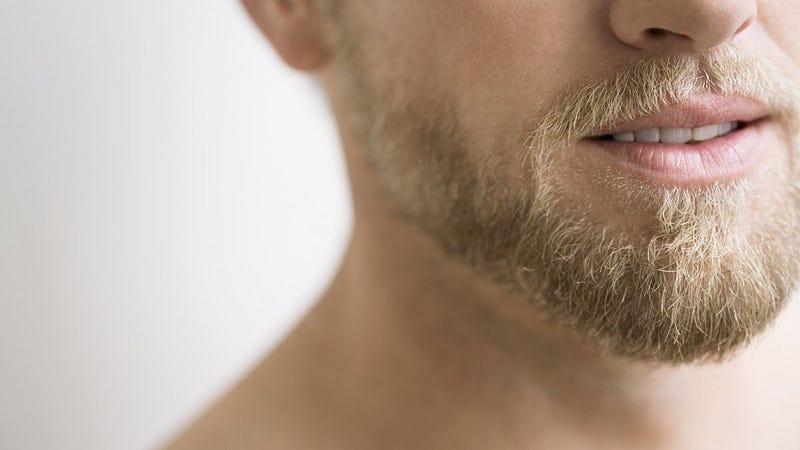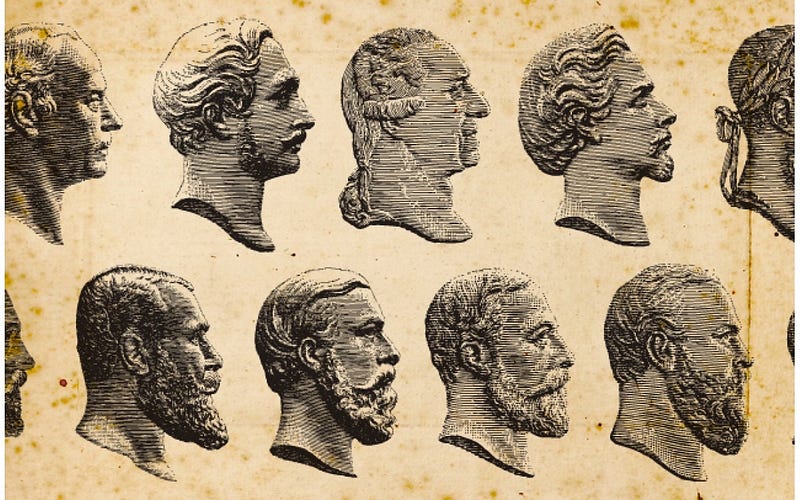The Surprising Truth About Beards: Are They Useful or Just Ornamental?
Written on
The Mystery of Beards
Have you ever pondered the purpose of beards? Contrary to popular belief, research indicates that beards are not a biological necessity. Instead, they resemble ornamental plants, lacking any real function.

Among all human body hair, beards stand out as the only type without a specific role. Unlike other hair types that serve various functions—such as regulating temperature or protecting sensitive areas—beards do not contribute to our physiological needs. Let’s examine the roles of other body hair:
- Body hair helps in thermoregulation.
- Scalp hair protects against sun exposure and retains warmth.
- Eyelashes shield the eyes from debris.
- Eyebrows prevent sweat from entering the eyes.
- Armpit hair reduces friction during movement and absorbs moisture.
- Pubic hair acts as a barrier against bacteria and minimizes friction.
Yet, beards do not serve any critical function. So, why do they exist, and why are they predominantly found in men?
Early studies suggested that beards might have had similar protective roles as other body hair, aiding in temperature control and keeping bacteria at bay. However, this theory falters when considering that half of the global population—women—do not grow beards. While there are male and female differences across species, traits that are vital for survival typically appear in both sexes, especially in breeding contexts.
Beards are a male-only characteristic, manifesting during adulthood and persisting into old age without any apparent purpose. One prevailing question arises: could beards enhance attractiveness to potential mates?
Professor Geoffrey Miller from the University of New Mexico, a leading figure in evolutionary psychology, proposes two primary theories: beards may either attract women or help men compete against one another. Essentially, they could signal sexual maturity and vitality.

Similar to how animals select partners—like colorful peacocks or majestic antelopes—beards might serve a role in mate selection. However, in contemporary society, their function as a reproductive signal appears diminished. Studies reveal mixed preferences among women regarding men with beards; some find them appealing, while others do not. Intriguingly, in environments where beards are common, clean-shaven men may seem more attractive, and vice versa.
This phenomenon is known as "negative frequency dependence" in evolutionary genetics, where uncommon traits can offer a mating advantage. For instance, unique variations in guppies increase their chances of reproduction. Thus, beards do not inherently signify attractiveness; their desirability is influenced by various factors.
In summary, beards are largely ineffective in human life, leading to the question: why do they persist?
Historical Context of Beards
Throughout history, the decision to grow or shave beards has often stemmed from social and cultural influences. For example, ancient Romans eschewed beards for centuries due to Greek perceptions of beards as symbols of wisdom and status.
During the Viking Age (793 to 1066), the British adopted clean-shaven looks as a cultural response to Viking invasions, which featured bushy beards.

High-ranking individuals have also shaped beard trends. Emperor Hadrian, in the second century AD, reintroduced beards in Rome, prompting the ruling elite to follow suit. In the Middle Ages, King Henry V was the first English monarch to shave, influencing subsequent kings until Henry VIII re-embraced beards to distinguish himself from his predecessors.
Even today, beards remain devoid of biological significance aside from their decorative nature. In fact, they may even pose health risks. A 1916 documentary highlighted concerns regarding beards as potential carriers of harmful bacteria, with one doctor stating, "There is no way to calculate the amount of harmful bacteria and germs that could lurk in those beards. But the number of them must be an army."
The Influence of Beards in Popular Culture
In the video "Why Men Have Beards, According To Science," viewers can explore the scientific explanations behind the existence of beards and their cultural implications.
Another insightful video, "Why Do Men Have Beards? #funfact," offers a light-hearted take on the reasons behind men's facial hair, blending science and humor.